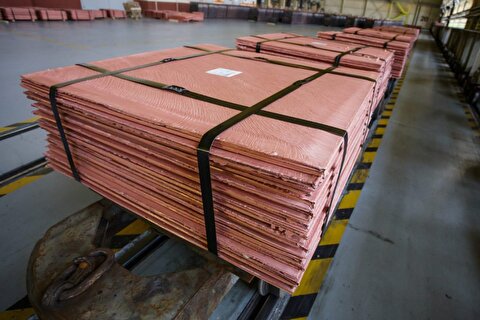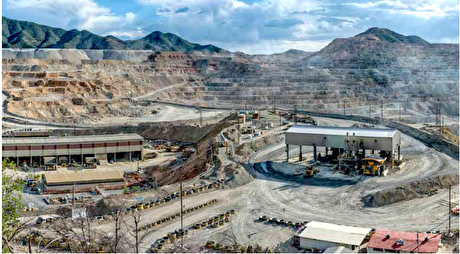
SK’s new EV battery plants face lengthy output ramp-up

New plants in Komarom, Hungary, and Changzhou, China are scheduled for completion by the end of this year and will start commercial production in 2020's first quarter. Each new plant will be able to produce 7.5 GWh/yr of batteries, enough for 250,000 EVs with 30kWh batteries. But SK told analysts on a conference call yesterday that it may take until 2021 for output to reach nameplate capacity.
SK and other battery producers are building new plants to capitalise on rising demand for EVs. But after going through the process of developing new plants, which takes about two years, the companies have struggled to bring yields of their new production lines up to full speed as quickly as hoped.
SK said it expects a relatively smooth production ramp-up at its new plants because they will essentially be the same as its flagship factory in Seosan, South Korea. The company said it will apply lessons learned through the expansion at Seosan last year to speed the start-up processes in Hungary and China.
The two plants will boost SK's nameplate production capacity to 19.7 GWh/yr. The company is building a 9.8GWh factory in the US that is scheduled to begin commercial production in 2021 and a 9GWh plant in Hungary that's scheduled to start up in 2022. More expansions will follow, as SK aims to boost its annual capacity to 100GWh by 2025. The company needs to accelerate production growth because it has an order backlog of 430GWh.
Operating losses from the company's EV battery business narrowed to 42.7bn won ($36.6mn) in the July-September quarter from W67.1bn in the previous quarter as sales increased and inventory costs were reduced.


Gold price eases after Trump downplays clash with Fed chair Powell

Copper price hits new record as tariff deadline looms

Brazil producers look to halt pig iron output as US tariff threat crimps demand

Three workers rescued after 60 hours trapped in Canada mine

Gold price could hit $4,000 by year-end, says Fidelity

Chile’s 2025 vote puts mining sector’s future on the line

US targets mine waste to boost local critical minerals supply

Energy Fuels surges to 3-year high as it begins heavy rare earth production

Glencore workers brace for layoffs on looming Mount Isa shutdown

Trump tariff surprise triggers implosion of massive copper trade

Maxus expands land holdings at Quarry antimony project in British Columbia

BHP, Vale accused of ‘cheating’ UK law firm out of $1.7 billion in fees

Southern Copper eyes $10.2B Mexico investment pending talks

American Tungsten gets site remediation plan approved for Ima mine in Idaho

Kinross divests entire 12% stake in Yukon-focused White Gold

Gold price could hit $4,000 by year-end, says Fidelity

Southern Copper expects turmoil from US-China trade war to hit copper

Ramaco Resources secures five year permit for Brook rare earth mine in Wyoming

Column: EU’s pledge for $250 billion of US energy imports is delusional

Trump tariff surprise triggers implosion of massive copper trade

Maxus expands land holdings at Quarry antimony project in British Columbia

BHP, Vale accused of ‘cheating’ UK law firm out of $1.7 billion in fees

Southern Copper eyes $10.2B Mexico investment pending talks

American Tungsten gets site remediation plan approved for Ima mine in Idaho

Kinross divests entire 12% stake in Yukon-focused White Gold

Gold price could hit $4,000 by year-end, says Fidelity

Southern Copper expects turmoil from US-China trade war to hit copper

Ramaco Resources secures five year permit for Brook rare earth mine in Wyoming














